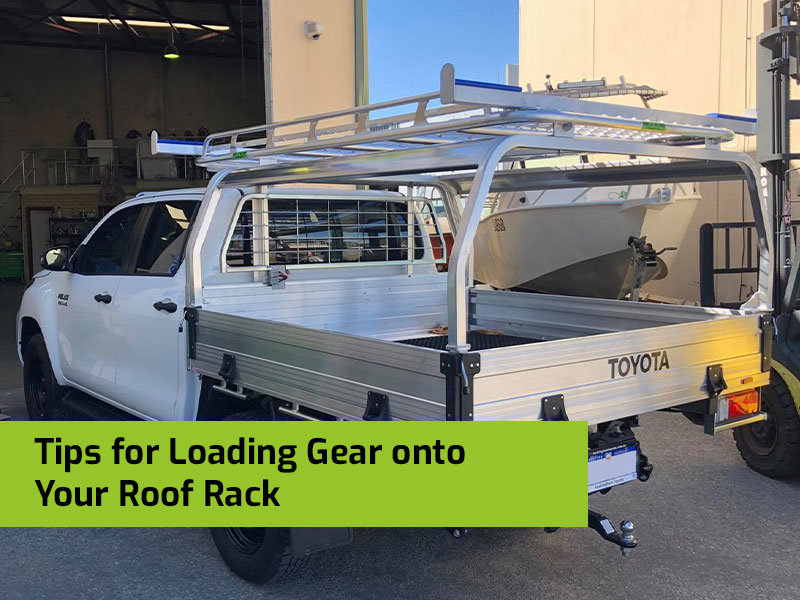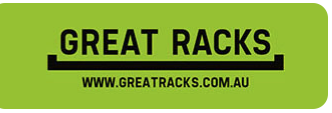
Most of us have probably come across photos or videos online of vehicles carrying unsecured loads. We’re talking gear that’s sticking half out of the boot, or items that have only been secured to the roof using ropes wound over the rear-view mirrors. Heck, some of us have probably seen such desperate acts with our own eyes in public. On the other hand, some of you may have even tried it yourselves; but don’t fret, because we’re doing away with the shame!
With a roof rack installed, you won’t have to come up with imaginative (and seriously risky) ways to desperately load gear onto your vehicle. Whether you’re using your rack for jobs, hobbies or off-road adventuring, you’ll be able to fit a heap of items onto your car easily and conveniently. Of course, it’s still important for you to load your roof rack in a specific way, so that you can guarantee that your gear sits safe and secure.
With that said, we’ve provided some must-read tips on how to load gear onto your roof rack the right way:
A Note on Load Restrictions
Before your start loading your vehicle with gear, it’s important to know about load carrying capacities. Each vehicle has its own maximum load capacity, which you can generally find in the owner’s manual. Once you’ve got a roof rack installed, it’s important to deduct the total weight of the roof rack from the load carrying capacity when you’re trying to find the maximum payload capacity. Following these load restrictions will prevent you from overloading your car and increasing the risks of rolling at high speeds and sharp turns, or having your gear fall off and cause damage. A slower speed is also important to consider when it comes to travelling with a roof rack.
How to Load Roof Racks the Right Way
Secure Long Items Carefully
Keep in mind that long items are not allowed to overhang the front or back of your vehicle by more than 1.2 metres in Western Australia. If you have long items that are going to overhang, make sure that you tie them down to the front and back of your vehicle, and attach a bright red flag if the projecting load is not readily visible.
Pack Heavier Items in the Boot
The general rule is to pack your boot with the heavier items and leave the roof rack for the lighter gear, or the cargo that is too bulky or oddly shaped to fit in the boot. They key to preventing an unstable load is to spread out the weight of your items evenly over the length of the roof rack. If the load is too heavy at the back, it will make your steering feel off. On the other hand, if it’s too heavy at the front, it will dip forward each time you brake.
Keep Accessibility in Mind
Anything you know that you’ll need to use sooner rather than later should be stored inside your vehicle rather than on the top of your roof rack. This will save you from putting in unnecessary effort when it comes to mucking around with your load and pulling down a heap of items just to get to the one you need.
Use Appropriate Tie Downs
There are plenty of options out there for securing your cargo, but unfortunately, flimsy bits of rope aren’t one of them. If you want to make sure that your gear is tied down correctly, aim to use tie down or ratchet straps over elastic straps, as elastic straps can cause your cargo to move around. Make sure that you fasten these tie down straps properly as well and check them periodically as you make stops along the way to your destination.
Get Purpose-Built Roof Racks at Great Racks
Want to experience the difference of a custom-built roof rack? Turn to the experts at Great Racks, a fully Western Australian owned and operated company. As local tradies ourselves, we know how important it is to have a roof rack that can handle daily use and abuse and resist against the harsh weather conditions. That’s why we always build our roof racks using premium grade materials and stringent manufacturing processes. Finally, we customise our racks according to your unique specifications. In this way, we can guarantee the absolute best solution for you and your needs.
To get your hands on a custom-built rack, call Great Racks now for a free measure and quote!


